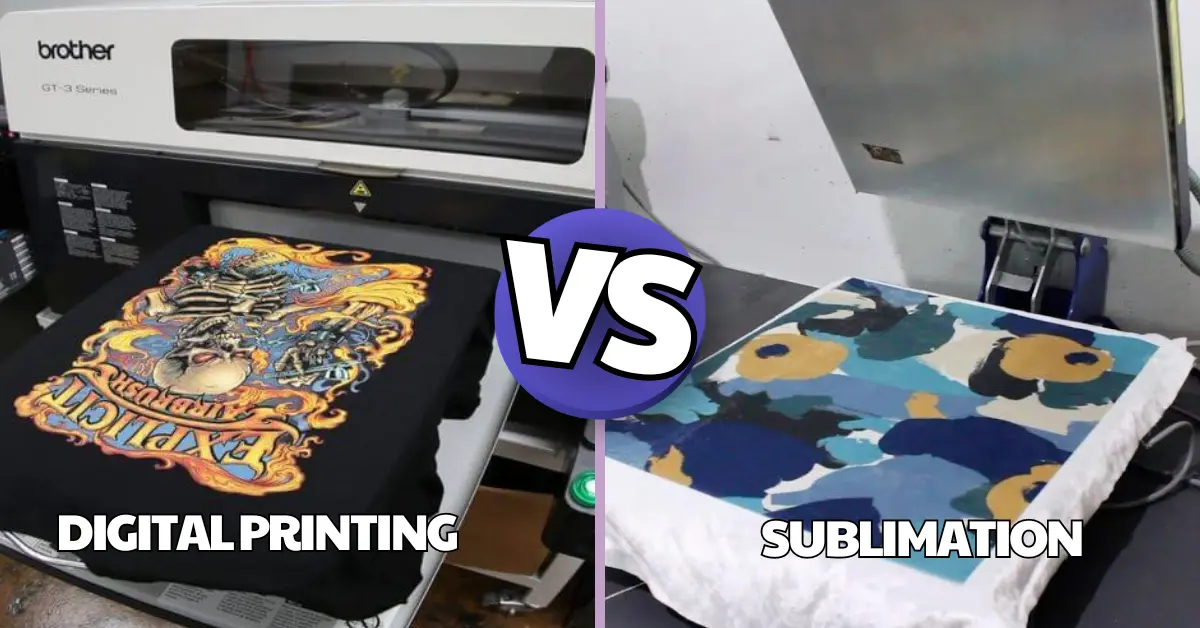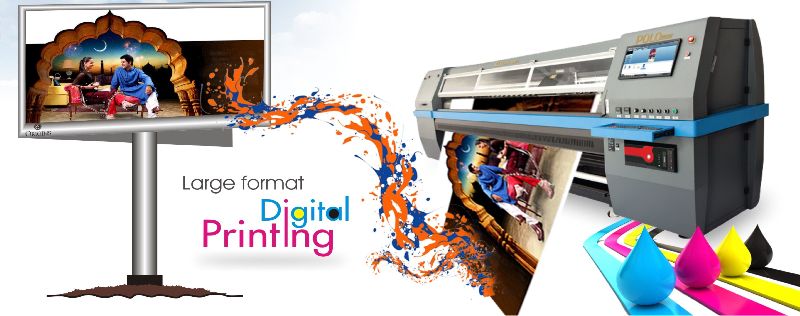Digital Printing for Beginners
Digital Printing for Beginners
Blog Article
More About Digital Printing
Table of ContentsGet This Report on Digital PrintingOur Digital Printing Statements4 Simple Techniques For Digital PrintingDigital Printing - TruthsGetting My Digital Printing To WorkRumored Buzz on Digital PrintingDigital Printing Fundamentals ExplainedThe Only Guide to Digital Printing
Customization likewise enables businesses to stick out in a congested market by producing distinct advertising and marketing materials that distinguish them from their competitors. Among the primary benefits of digital printing is the ability to publish variable data. Each published item can be one-of-a-kind, permitting companies to develop individualized advertising products that speak straight to their target market.Digital printing also allows for modification in the design of advertising materials (Digital Printing). With electronic printing, companies can create styles that are special and customized to their certain requirements.
What Does Digital Printing Do?
By publishing smaller sized amounts of marketing products, services can lower waste and stay clear of the demand for excess inventory. Digital printing is also versatile.
By making use of various materials and formats, companies can create special marketing products that stand out from their competitors and stand out from their target audience. Digital printing additionally provides consistency. With traditional printing methods, there is usually variation in between prints due to differences in ink coverage, pressure, and other factors.
This uniformity can aid develop client trust fund and trustworthiness, revealing that the organization is committed to giving top notch materials. Consistency is especially essential for companies that wish to develop consumer count on and credibility. By ensuring that every print corresponds, organizations can reveal that they are devoted to giving high-quality materials and paying interest to the details.
Digital Printing Things To Know Before You Get This

In addition, electronic printing creates much less waste because it can publish as needed and in smaller sized amounts, decreasing the need for excess inventory and products. Digital printing also makes use of much less power contrasted to typical printing techniques. Digital printers do not call for as much energy to run, as they do not require to warm up as a lot or utilize as much power to run.
Getting The Digital Printing To Work

Countered imp source printing requires a plate for each shade published. Traditional balanced out printing is a print technique that makes use of light weight aluminum plates check here to transfer ink onto a rubber sheet (often referred to as a "blanket").
The 25-Second Trick For Digital Printing
Although the devices's set-up costs are high initially, additional units end up being relatively less costly as the amount boosts. Balanced out printing permits a broad range of print products to be utilized during manufacturing. It i loved this enables the printer to utilize different paper kinds, custom coatings, and different inks. The top notch photos created with balanced out printing make it the favored method, specifically among graphic developers, when seeking the best color reproduction, detail, and professional-looking prints.
The basic printing technique remains countered. For electronic inkjet printing, ink is transferred straight onto the surface. As opposed to counting on aluminum plates and rubber coverings to transfer a picture, electronic printing uses fluid ink during manufacturing. Conventional home inkjet printers are one of the most usual digital printing methods.
What Does Digital Printing Do?
Because countered printing can mix personalized shade inks for each task, it will naturally obtain the colors spot-on. Count on balanced out printing for clean, unique kinds and pictures without streaks or places.
It sets you back a great deal to start a balanced out job. You have to spend money into developing home plates, which takes some time. When you've spent it, all of the materials are ready to go, and you'll invest less on large balanced out jobs than an electronic print, which is about the very same per piece no matter just how big the work obtains.
Digital printing is much less costly for low-volume jobs. The rate per system goes down for digital printing, so at some point, they crisscross. Changing details within a single print job.
Excitement About Digital Printing
While electronic printing or inkjet printing is the recommended selection in the present times, there are compelling reasons to convert from offset to digital printing systems. Contact Kao Collins regarding shade matching and custom formulations. When publishing countered or electronically, critical decisions and processes are associated with shade matching. If it has a graphic overlay or includes a label, it will have colors.
Industrial inkjet printing offers convenience for printing on lots of various substratums. Digital printing is ideal for customers who do not require longer runs and warehousing materials.

One benefit of electronic printing is picking from a vast array of electronic substrates. With balanced out printing, substrates comprise, typically, 30% of the price of the work. With digital printing, the cost of the substrate in the general task is tiny. This permits more choices than ever, and that's great for marketing professionals and organizations.
The 9-Minute Rule for Digital Printing
drop-on-demand is the 2nd printing modern technology to take into consideration. Continuous inkjet systems call for considerable maintenance, even more driver training, and higher downtime. Equipment costs in inkjet printing are much reduced than offset printing as there are no plate-making, plates, and press expenditures. Beyond the capital expenditure, the prepress devices and printing presses call for extremely knowledgeable drivers in balanced out printing, which includes labor expenses.
Report this page